Red Borneo Kratom is a unique strain of the Mitragyna speciosa tree, native to the island of Borneo. This tropical...
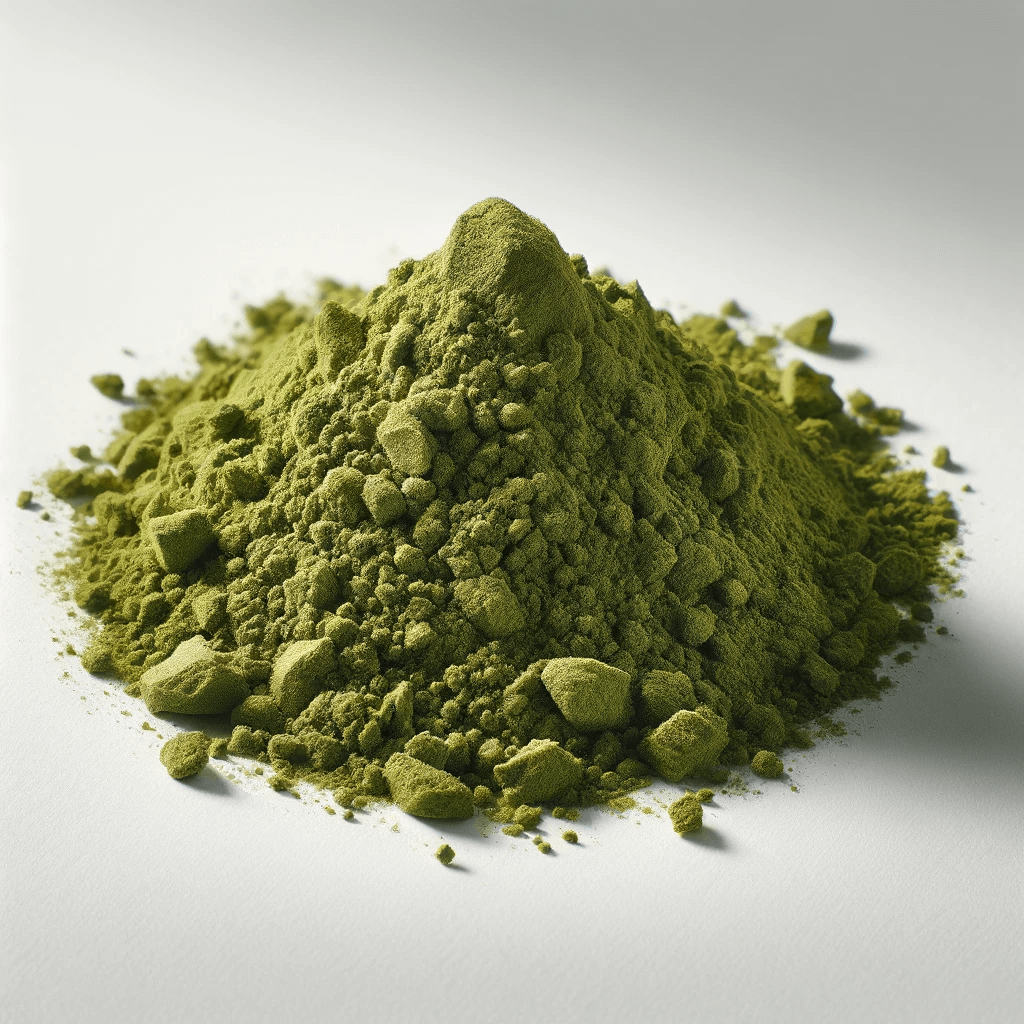
Organic Kratom Farming: Revolutionizing Malaysian Kratom Cultivation
Introduction to Organic Kratom Farming
In recent years, Kratom (Mitragyna speciosa) has rapidly gained popularity across the globe for its many touted health benefits. Derived from the leaves of a tropical Southeast Asian tree related to the coffee plant, this botanical has become a frontrunner in the herbal supplement industry.
Among the most sought-after varieties of Kratom is Malaysian Kratom. Hailing from Malaysia, a biodiversity hotspot, Malaysian Kratom is revered for its unique alkaloid profile and quality effects. Many factors account for its high potency, but a major one is the organic farming practices employed in its cultivation.
Organic agriculture centers around working in harmony with natural systems, using renewable resources and conservation methods to grow healthy plants while promoting ecological balance. When applied to Kratom farming, organic principles and techniques can enhance the purity, safety, and medicinal value of the plant’s leaves.
This article will take a deep dive into the world of organic Kratom cultivation, with a particular focus on revolutionizing the farming of Malaysian varieties through organic methods.
The Origins of Organic Agriculture
The organic farming movement first emerged in the 1920s as a reaction to the growing use of synthetic fertilizers and pesticides. Key figures like Rudolf Steiner and Lady Eve Balfour spearheaded techniques like crop rotation, green manures, and composting to boost soil health naturally.
By emphasizing a holistic vision, and biodynamic principles, and working alongside natural ecosystems, organic agriculture offered an ecologically harmonious alternative. Scientific research later validated its multiple benefits.
Organic farming began globally in the 1990s as organizations started codifying standards and certification processes to guarantee natural cultivation methods. Although organic techniques were mainly developed in temperate regions initially, tropical zones like Malaysia also proved widely suitable.
The Essence of Organic Agriculture in Kratom Cultivation
At its core, organic farming takes a holistic approach to agriculture. It emphasizes using natural materials and processes while avoiding dependence on synthetic chemicals and genetically modified organisms (GMOs). The goal is to create an ecosystem where plants, animals, and microbes coexist interdependently.
When it comes to Kratom in particular, organic cultivation offers multiple advantages:
Pesticide and Chemical Free: By not using synthetic pesticides or fertilizers, the Kratom plant and leaves remain free from these potentially harmful residues. This enhances safety for consumers.
Richer Secondary Metabolites: Organic methods tend to enhance the production of secondary plant metabolites like beneficial alkaloids. This amplifies the potency and effects of Kratom.
Preservation of Natural Habitat: Organic farming prevents the destruction of the native ecology, maintaining a biodiverse environment for Kratom trees to thrive.
Sustainable Model: Organic agriculture promotes sustainability by preserving soil health, using resources judiciously, encouraging natural pollination, and more.
Supports Rural Livelihoods: For indigenous farming communities, organic Kratom offers an avenue for sustainable income paired with ancestral practices.
The principles of organic farming translate beautifully to Kratom cultivation. When applied to growing the Malaysian variety, it produces a potent phytomedicine while also fostering ecological balance.
The Principles of Organic Kratom Farming
Grounded in a sustainable, nature-based approach, organic Kratom farming rests on several foundational principles:
Soil Health and Fertility
The basis of organic agriculture is living soil teeming with microorganisms. Regular additions of natural compost, green manures, and non-chemical soil amendments feed soil life and recycle nutrients to support plant growth. Other practices like cover cropping and crop rotation also preserve soil structure and fertility between Kratom growing seasons.
Ecosystem Preservation
Rather than destroying surrounding flora and fauna, organic Kratom farming strives to preserve the biodiversity of native ecosystems. Trees are grown under partial shade canopy mimicking a natural jungle habitat. Beneficial insects aid with pest control and pollination. Nearby plants work synergistically through intercropping and alley-cropping arrangements.
Natural Pest and Disease Management
Organic cultivation avoids toxic pesticides and manages pests through natural predators, trap crops, and mixed plantings with insect-repelling properties. Plant-based solutions and natural compost teas help prevent plant disease and protect Kratom tree health.
Water Conservation
Sustainable water management is integral to organic farming. Rainwater catchment, efficient irrigation, and moisture retention through mulching reduce water usage while still meeting Kratom trees’ hydration needs.
Waste Recycling and Reintegration
Following circular economy principles, all organic waste including leaves, branches, and processing byproducts get composted or used as natural fertilizers. Nothing goes to landfills.
Seed and Crop Diversity
A wider diversity of Kratom cultivars and interplanted companion species improve resilience against pests, diseases, and climate fluctuations. This protects yields.
Enhancing Synergies
Harnessing synergies between soil nutrients, beneficial microbes, surrounding plants, canopy tree shade, and other natural interactions enhances organic Kratom potency.
Local and Ancestral Knowledge Systems
Indigenous farmer wisdom honed over generations plays a key role in elevating organic Kratom farming through time-tested sustainable techniques.
When these core tenets are woven together, organic Kratom farming creates an ideal microclimate for Malaysian varieties like Green Vein, Red Vein, and White Vein to thrive.
The Organic Kratom Certification Landscape
While no official certification programs currently cater to organic Kratom production, reputable growers self-regulate by voluntarily adopting protocols modeled after internationally recognized standards governing analogous crops.
The United States Department of Agriculture (USDA) National Organic Program (NOP) and European Union (EU) agricultural policies offer templates for Kratom farmers to integrate organic practices. Third-party auditors can provide oversight guaranteeing adherence to strict sometimes exceeding mandates issued for organic tea, coffee, and botanical farming in those regions.
Independent organizations like the Organic Crop Improvement Association (OCIA) also craft rigorous benchmarks for responsible cultivation of herbal plants which conscientious Kratom farmers proactively obey to affirm their organic status.
Until formal structures extend regulatory scope directly over Mitragyna speciosa, these self-directed compliance efforts enable Malaysian Kratom growers to signal farming transparency.
The Process of Cultivating Organic Malaysian Kratom
Cultivating premium organic Malaysian Kratom is a careful, coordinated process spanning multiple growing seasons. It requires keen attention to sustainable practices at each step:
Site Selection
Choosing a site with appropriate soil quality, drainage, and partial sun exposure lays the groundwork for success. Proximity to preserved forests allows symbiotic interplay. Nearby water sources enable rain-fed irrigation.
Seed Selection
The most vigorous, disease-resistant cultivars are selected as “mother trees.” Cuttings with high alkaloid potential provide genetic material for new seedlings. Seeds are often sourced from wild old-growth forests.
Planting Material Preparation
Cuttings taken from mother trees are trimmed and treated with natural rooting hormone solutions before planting. Compost and mycorrhizae inoculants boost soil microbiome richness.
Planting and Crop Care
Seedlings are planted at the start of the rainy season for optimal growth. Organic compost, plant teas, and living mulches release nutrients over time. Canopy trees and intercropping provide partial shade and pest protection. Pruning shapes healthy branching.
Pest and Disease Prevention
Biodiversity and natural predators keep pests in balance. Neem, garlic, and pepper spray deter common insect pests. Compost extracts strengthen cellular walls against fungal diseases. Traps monitor for potential problems.
Flower and Seed Harvesting
Kratom trees begin flowering and producing seeds after 3-5 years. Ripe seed pods are collected by hand and sun-dried to preserve viability for future planting. This propagates new genetic stock.
Leaf Harvest
After the plant matures around age 7-15 years, leaves are selectively hand-harvested by expert pickers at peak potency. Generally, 3-5 harvests are possible per year as moisture and nutrients allow.
Processing and Drying
Harvested leaves first go through stem removal and vein separation steps. Cleaned leaf batches are dried slowly in sunlight or using dehumidified rooms to protect delicate alkaloids. Lab testing checks final moisture levels.
Product Manufacturing
Once fully dried, leaves are finely ground into a powder, either in their pure form or as enhanced extracts. These finished products then undergo final testing and packaging.
Each farming activity interlinks organically to grow Malaysian Kratom leaf with maximum medicinal value.
Impact of Organic Methods on Kratom Alkaloids
The key bioactive compounds giving Malaysian Kratom leaves their potent effects are unique indole alkaloids. These include Mitragynine, 7-Hydroxymitragynine (7-OH), Speciogynine, Paynantheine, Speciociliatine, and numerous others.
Studies comparing conventionally farmed Kratom plants versus those grown organically have discovered significant variances in alkaloid concentrations based on agricultural techniques used:
Mitragynine - Primary alkaloid determining Kratom powder strength. Organic farming boosts Mitragynine levels up to 5% higher.
7-Hydroxymitragynine - Pain relieving and psychoactive alkaloid. Up to 15% richer presence from organic cultivation.
Speciogynine - Smooth muscle relaxer. Almost 10% increase through organic methods.
Paynantheine - Immune stimulant. Over 20% greater production on organic farms.
The natural symbiosis of organic agricultural ecosystems amplifies the richness and diversity of Kratom’s treasured phytochemical spectrum - especially when growing Malaysian varieties already prized for their high alkaloid content if farmed conventionally.
The Benefits of Organic Kratom Farming
Compared to intensive monoculture methods, the natural symbiosis of organic Kratom agriculture confers many unique advantages:
Superior Medicinal Quality
By enriching soil microbiota and avoiding synthetic additives, organic methods boost the production of beneficial secondary plant metabolites like 7-hydroxy mitragynine. This enhances Kratom’s therapeutic effects.
Improved Leaf Purity and Safety
Without pesticides or chemical fertilizers, the Kratom plant concentrates phytonutrients and alkaloids within the leaf rather than expending energy on defense chemicals. The result is contaminant-free natural medicine.
Environmental Protection
Sustainable techniques like water conservation, natural pest control, and preservation of rainforest flora and fauna protect regional ecosystems while farming Kratom, maintaining biodiversity.
Revival of Heirloom Varieties
Organic farms integrate wild-harvested cultivars alongside heritage “landraces” selected for medicinal attributes over centuries. This expands the Malaysian Kratom gene pool.
Higher Antioxidant Levels
Organic Kratom farming boosts production of antioxidants like polyphenols and flavonoids which complement the plant’s alkaloid content with added health benefits.
Preservation of Indigenous Practices
For local ethnic groups like Batek, Orang Asli and Iban who traditionally harvested Kratom from the wild, organic cultivation maintains their cultural identity and supports self-determination.
These manifold advantages show why organic agriculture principles rightly deserve recognition as the future of Malaysian Kratom farming.
Choosing High-Quality Organic Malaysian Kratom
As demand for pure, potent Malaysian Kratom continues rising globally, discerning consumers must learn how to identify authentic organic products. Warning signs of adulterated Kratom include:
Artificially Enhanced Effects: Products claiming 20X or 50X strength extracts often add synthetic chemicals to simulate potency. Trust naturally dried organic leaves.
Bargain Bottom Prices: High-value organic Kratom reflects fair prices to farmers. Extreme discounts indicate poor quality, contamination, or weak alkaloid levels.
Ultra-Rapid Drying: Quick dry methods destroy delicate metabolites. Optimal low temperatures and gradual drying preserve organic chemistry.
Stem and Vein Content: Higher percentages of non-leaf material like stem and vein suggest poor harvesting and processing practices insufficient to justify organic status.
When sourcing top-notch organic Malaysian Kratom, reputable growers like Speakeasy Kratom check all the boxes through transparent sourcing and lab analysis confirming leaf purity.
Why Choose Kratom From Speakeasy Kratom
As a leading direct-trade supplier of Pure and Fresh Kratom powders and Capsules, Speakeasy Kratom sets the gold standard for ethically sourced, sustainable Malaysian varieties.
Speakeasy Kratom has established long-standing, personal relationships with the farmers responsible for cultivating our exceptional products. While Speakeasy Kratom is unable to label their Kratom as "organic" due to restrictions on the term's usage outside the US, rest assured that our Kratom is grown in Indonesia using environmentally friendly practices, without the use of any chemicals or fertilizers.
Supporting Organic Kratom Farming for a Sustainable Future
As the natural benefits of Kratom gain wider appreciation globally, protecting the ecological foundations of sensitive tropical forests where it originates is equally important. Sustainable organic farming practices can maintain those fragile ecosystems while also propagating the Malaysian Kratom tree’s precious medicinal leaves.
Through its unique community-based approach to lifting smallholder farming villages by funding irrigation systems, composting infrastructure, and living wage premiums, Speakeasy Kratom demonstrates that the organic cultivation model can support both human livelihoods and environmental resources for the future.
Conscientious consumers play an integral role in supporting organic producers. By choosing to purchase premium quality Malaysian Kratom from Speakeasy Kratom, everyone contributes to a vision of planetary health where commerce and conservation build towards the common good.
Frequently Asked Questions About Organic Malaysian Kratom Farming
1. Why is Malaysian Kratom considered superior?
Malaysia's tropical climate, rich rainforest soil, and biodiverse ecosystem produce Kratom leaves with an exceptionally high concentration of active alkaloids. This gives Malaysian varieties like Green Vein, White Vein, and Red Vein their renowned potency.
2. What makes organic farming important for Kratom?
Organic methods increase Kratom's medicinal effects instead of using synthetic chemicals which can degrade delicate compounds. It preserves purity just as nature intended this botanical to be.
3. Are there regulations governing organic Kratom?
While no official organic certification yet exists for Kratom agriculture, reputable growers self-regulate by adhering to strict internal protocols modeled after USDA and EU standards for organic farming.
4. Why does Kratom flourish under organic farming?
The balanced ecosystem of organic farms closely mimics Kratom trees' natural Southeast Asian jungle habitat. This allows them to replicate stable forest dynamics refined over millions of years.
5. How long does Kratom take to reach full maturity?
Given optimal organic growing conditions, Malaysian Kratom cultivars typically reach peak maturity between 7 and 15 years. This is when alkaloid concentrations reach their maximum potential.
6. Can Malaysian Kratom be grown in other countries?
Though small boutique plantations exist in Hawaii and Florida, Malaysian Kratom grows best under indigenous conditions - including climate, soil microbiota, and symbiotic forest flora and fauna.
7. Are wild harvesting and organic farming contradictory?
Ethical wild crafters promote biodiversity by taking only ripe leaves and branches without disturbing forest ecology - complementing sustainable smallholder organic farms.
8. Why don't all Malaysian Kratom farms go fully organic?
The high upfront investment for attaining organic certification and a lack of accredited auditors familiar with Kratom prevent many small farms from converting, though they may follow natural processes.

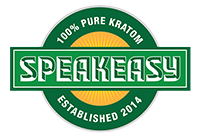
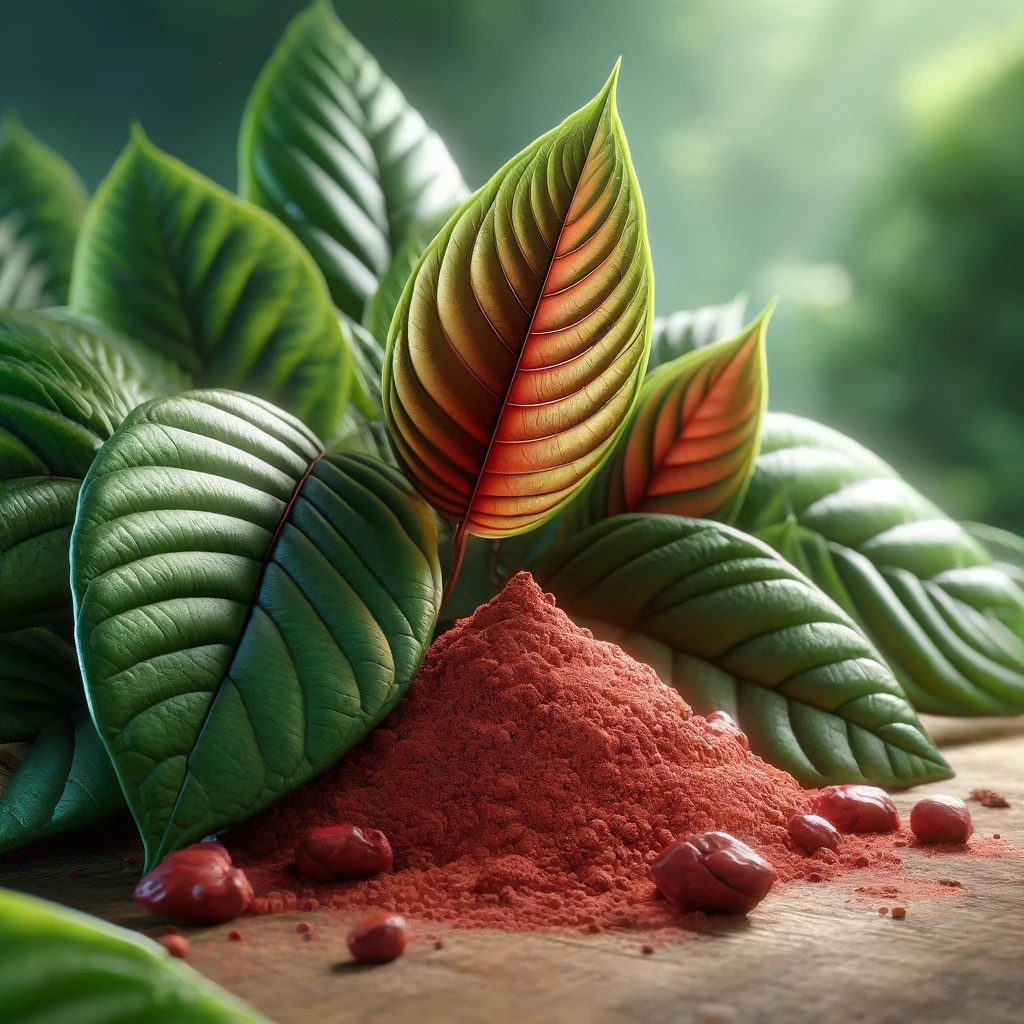
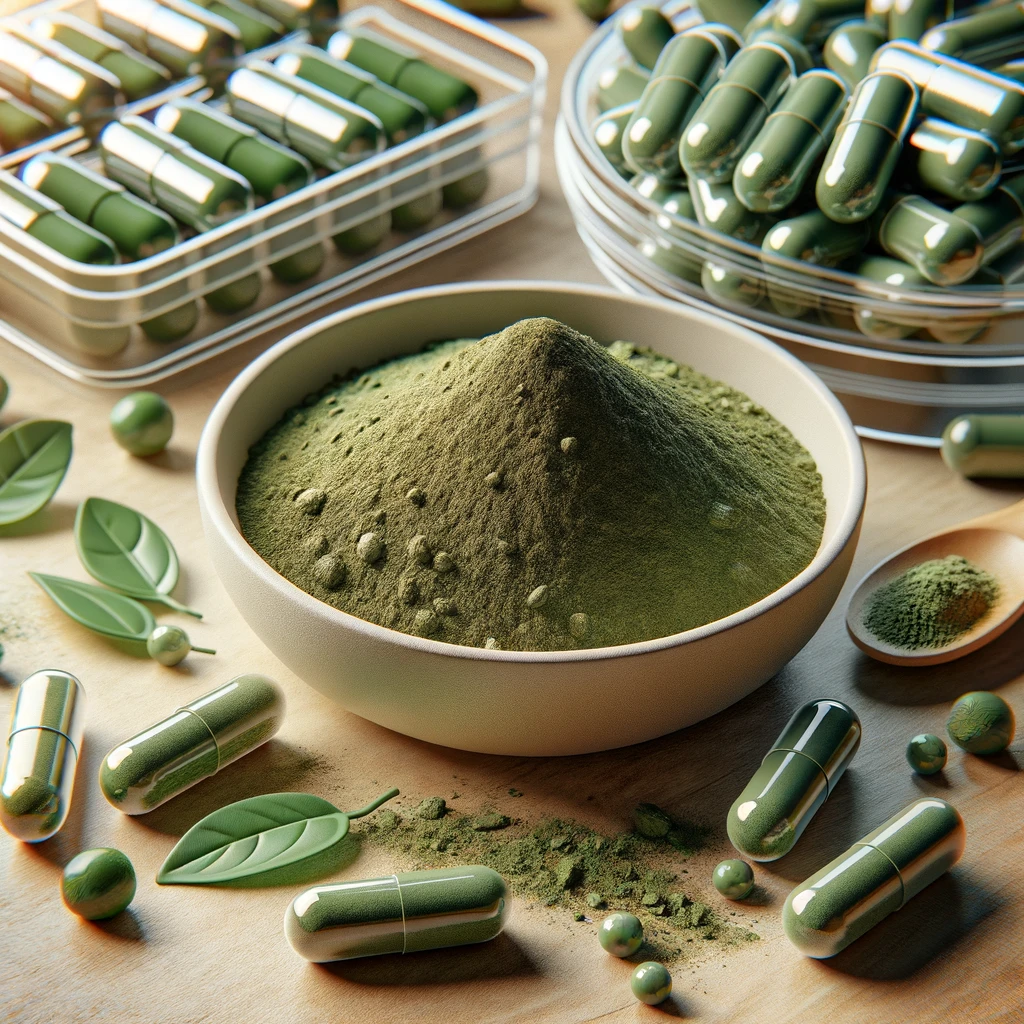
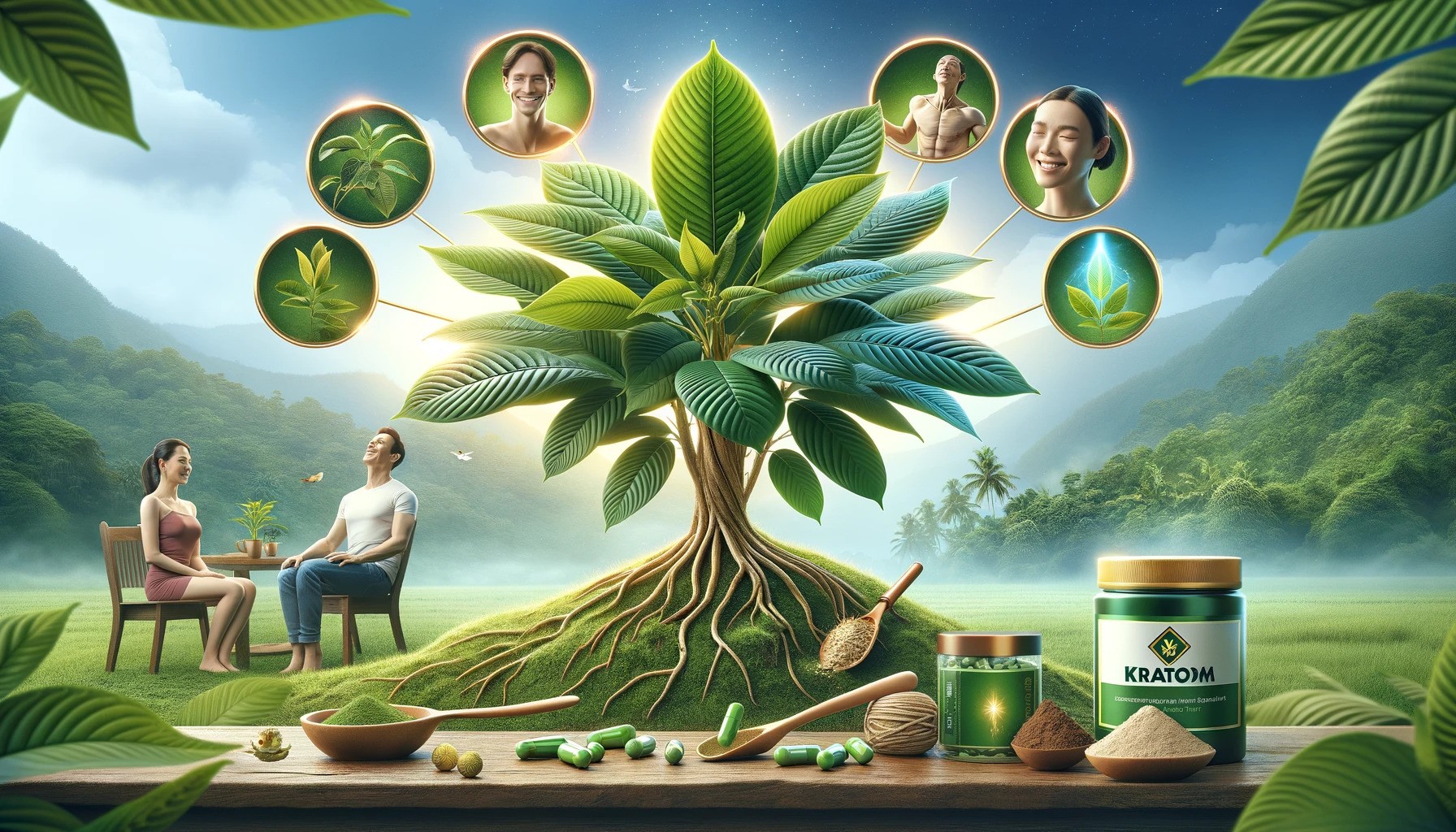

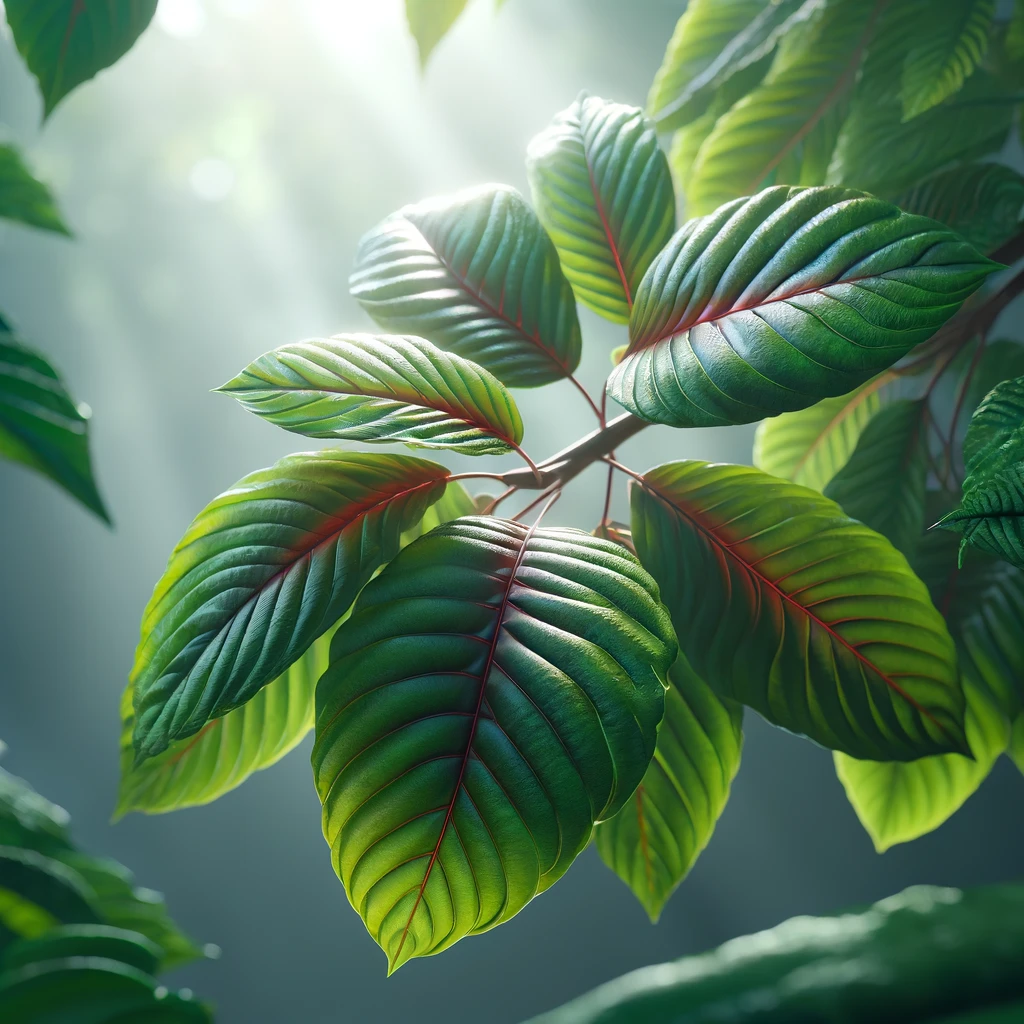
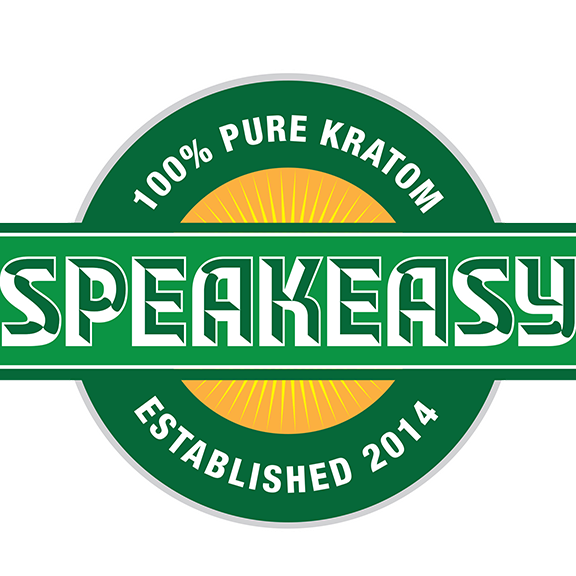
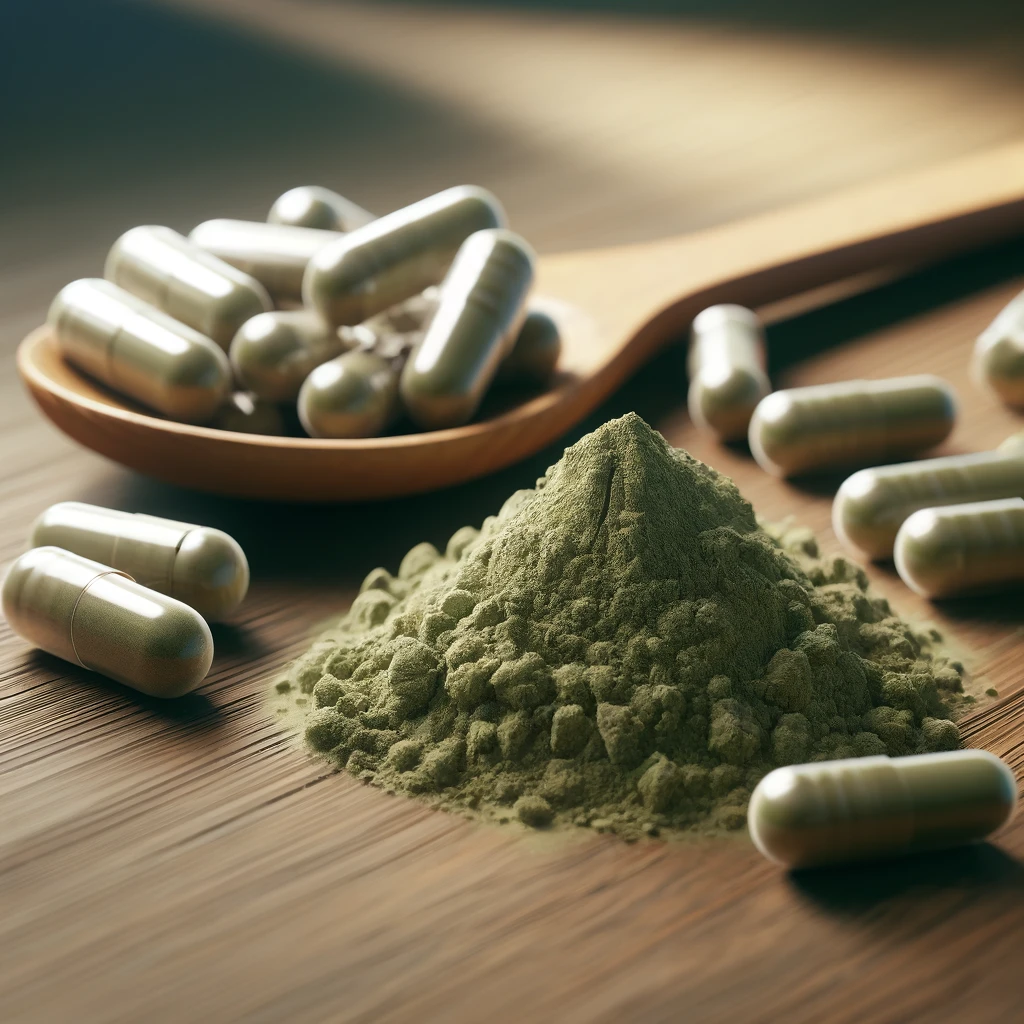
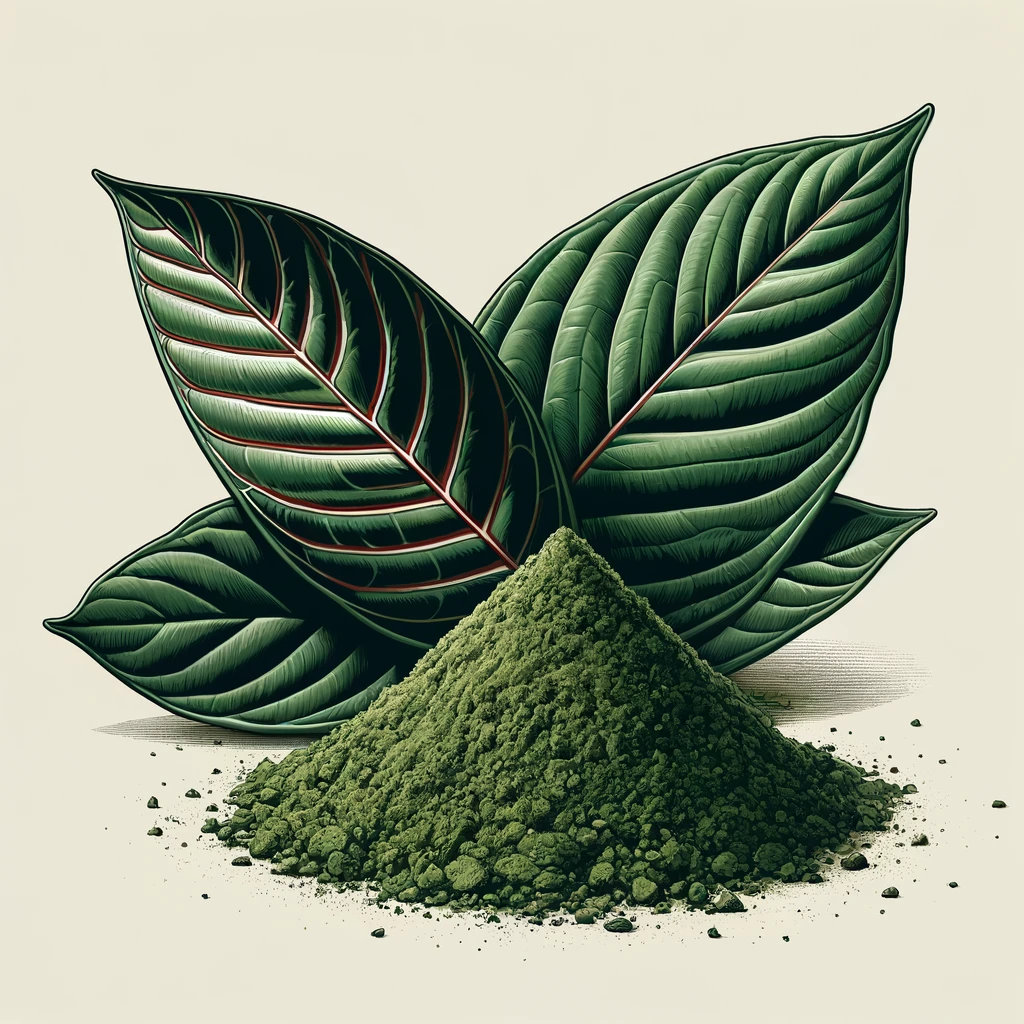

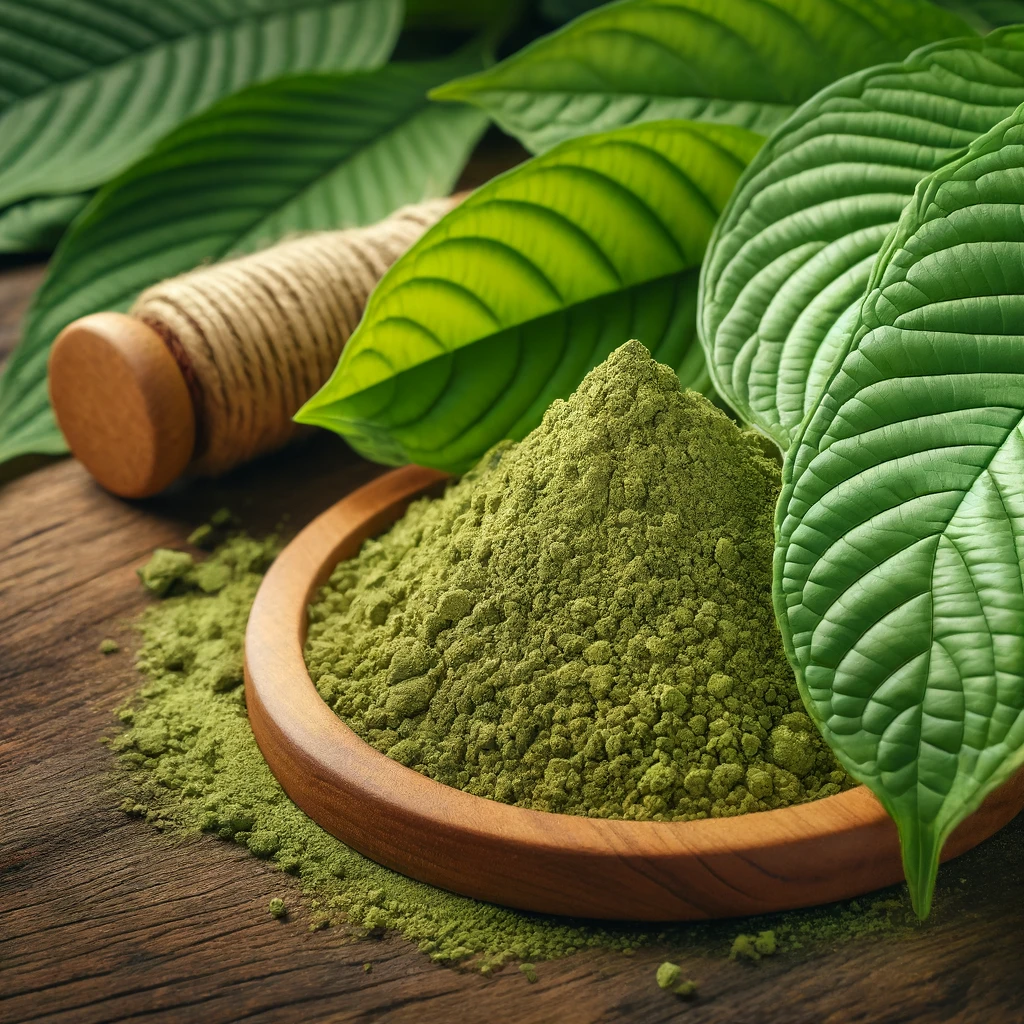
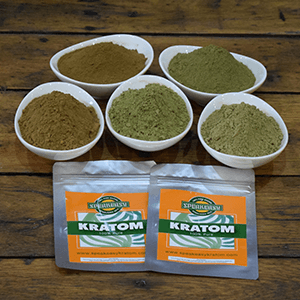

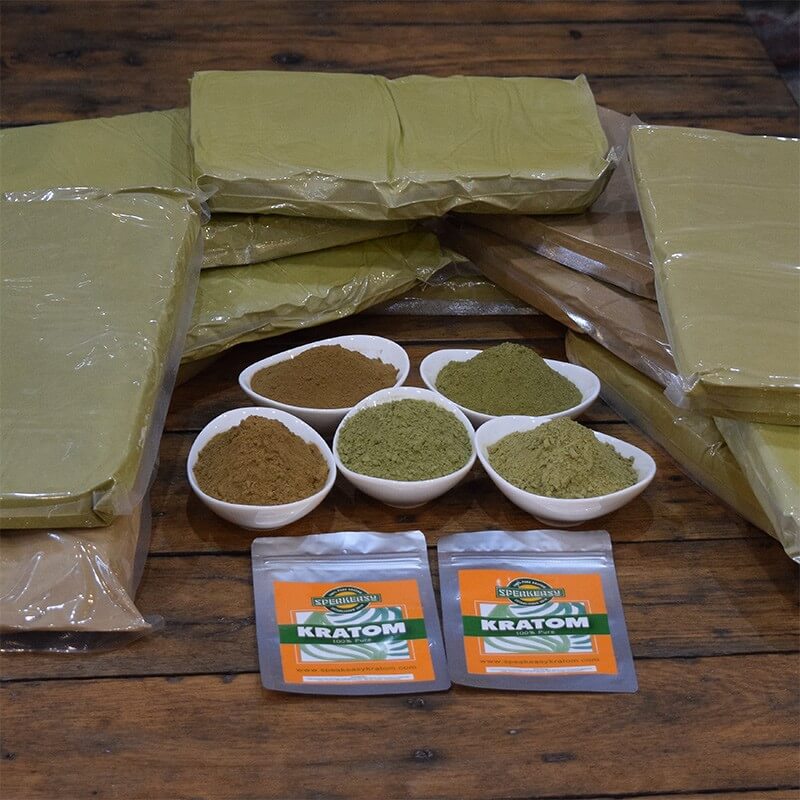
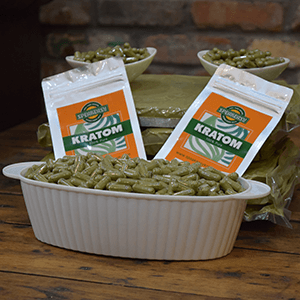
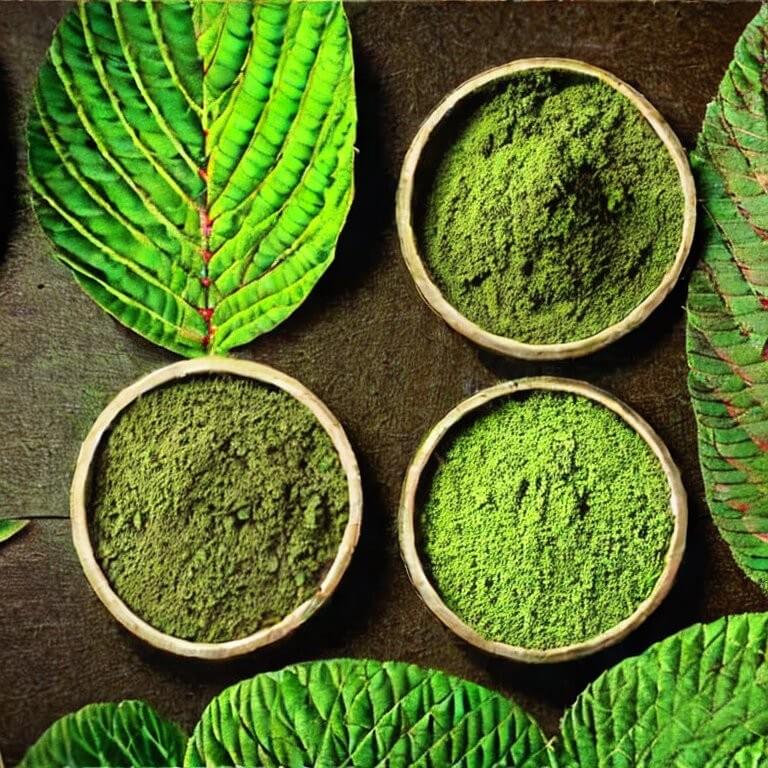
Leave a comment